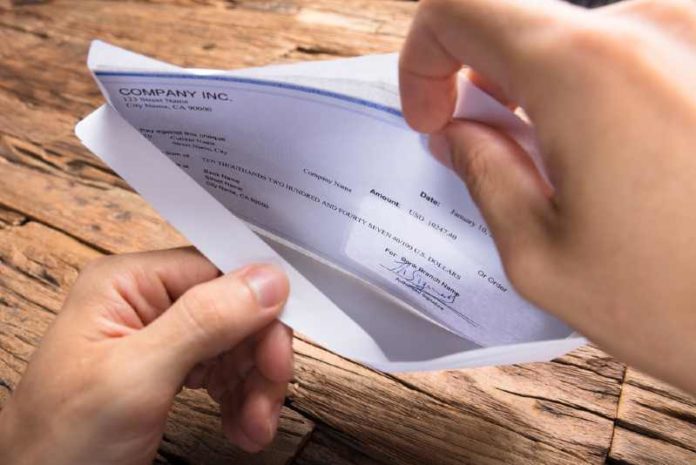It is hardly news that many small business owners are struggling to stay afloat amidst the coronavirus crisis. Not only are consumers stuck indoors, unable to visit local brick-and-mortars, but many consumers are out of work or struggling financially for other reasons, causing them to behave much more frugally than they did even a couple of months ago.
As a result, the U.S. government has passed a series of bills designed to help small businesses stay in business until the country returns to normal — or whatever normal will be after the pandemic passes. One of the most exciting bills is the Coronavirus Aid, Relief and Economic Stability (CARES) Act, designed to fund disaster relief loans for small businesses. Though the first round of funding ran out in a couple of weeks, Congress has just agreed on allocating more money to this cause, so struggling businesses around the country have another chance to take out incredibly lenient and much-needed loans to survive the crisis.
However, many business leaders aren’t sure of the best way to spend the money they suddenly have access to. Here are the three best ways for most small businesses to make use of their new loans:
Paying Employees
At the very beginning of the crisis, as soon as states began making orders to stay at home and shut down non-essential operations, businesses began engaging in mass layoffs of their staff. Businesses forced to close, like brick-and-mortar retail, restaurants and gyms, could not sustain high payroll costs without any income, so they chose to let their employees go, assuming that an unemployment check from the government was better than no paycheck at all.
Unfortunately, the government is straining under the weight of the record-high numbers of unemployed workers. As of this writing, the unemployment rate in the U.S. is over 20 percent; roughly 26.5 million Americans have filed for unemployment, and there could be millions more who are out of work and on the brink of seeking government aid. The stated goal of the U.S. Congress in funding the Paycheck Protection Program is to help businesses pay their employees, to relieve the financial pressure on the government and keep workers employed.
Thus, many business’s priority should be to pay their employees. What’s more, businesses who let workers go should strive to reestablish workforces at pre-pandemic levels, if possible. Paying employees should include covering not only their paychecks but also their benefits, especially health insurance, paid sick leave, family leave and the like. By using their loans in this way, businesses can avoid repayments and take full advantage of the sums they acquire.
Maintaining Utilities
Offices and stores might be closed while cities and states are ordered to shelter in place, but that doesn’t mean businesses should abandon them for all time. It is important for organizations to pay their mortgages, rent and utilities to keep their places of business available and in working order, especially when the end of the lockdown period might be in sight.
As with payroll, the CARES Act will forgive loans used to pay for qualifying utilities, which include services like electricity, gas, water, transportation, telephone and internet access — as long as the service began before February 15, 2020. Mortgage interest and rent payments are also considered essential to businesses and can be paid using PPP money. If businesses do not need extra help paying for payroll but might lose their operations base as a result of the crisis, they should feel free to draw upon their disaster loan to keep their stores or offices in order.
Improving Online Presence
Finally, businesses might do well to use some of their disaster relief in bolstering online assets. Driven indoors and prohibited from leaving for frivolous trips, consumers have been forced to spend almost all of their time and money online. Thus, businesses that have dominant online presence are seeing a spike in internet activity that is leading to higher rates of engagement and even a greater number of conversions.
Though digital marketing will not qualify a PPP loan for forgiveness — meaning businesses that use their loans in this way will need to make repayments over time — investing in a larger, better online presence could have a more advantageous return in the long run. Businesses would do well to consult with operating digital marketing firms, like Digital Current, to understand their options and move forward with a marketing strategy.
During times of crisis, it is best for businesses to focus first on their staff, second on their services and third on their audience. Using loans to pay for these priorities will keep businesses afloat until the end of the coronavirus pandemic, whenever that may be.
Annie Qureshi is a passionate writer and author for Sustainable Business Forum. She embraces ecommerce opportunities that go beyond profit, giving back to non-profits with a portion of the revenue she generates. She is significantly more productive when she has a cause that reaches beyond her pocketbook. Twitter: @annierqureshi
Paycheck stock photo by Andrey_Popov/Shutterstock







